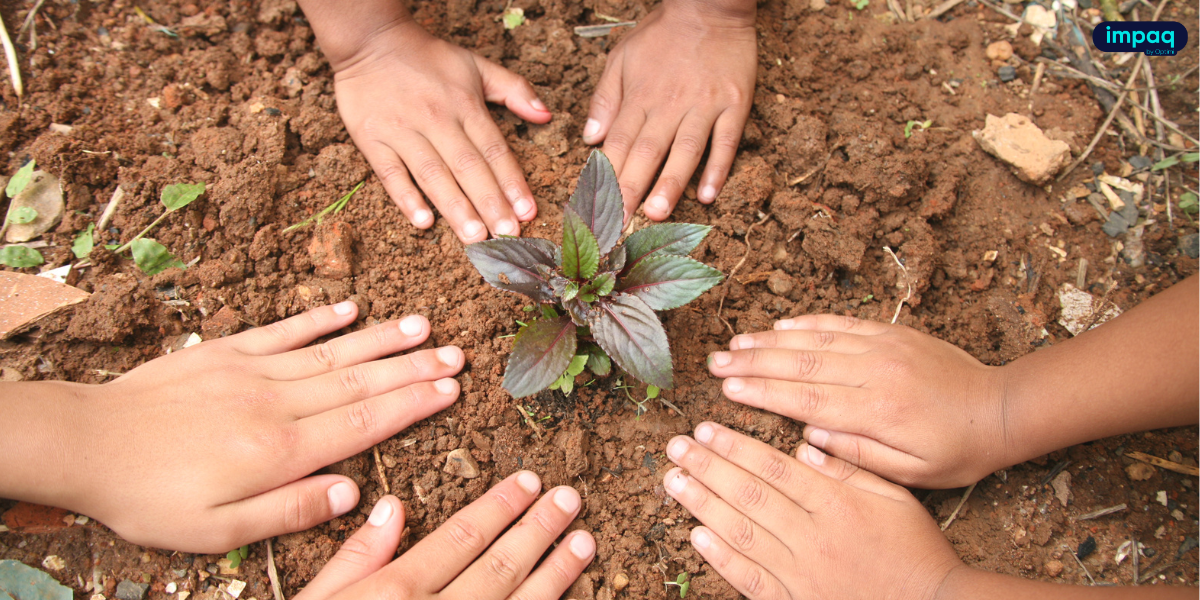
Nurturing young eco-warriors: 6 conservation tips for parents
World Environment Day, celebrated on 5 June every year, is a great opportunity to help your child understand the importance of looking after our planet. Whether you’re a homeschooling parent or simply looking to spark meaningful conversations, it’s never too early to nurture eco-awareness in your little ones. Teaching conservation doesn’t have to be complicated. It can be fun, creative, and deeply rewarding.
Here are some easy ways to get started.
What is conservation?
Conservation is all about protecting nature, from the animals and plants around us to the air we breathe and the water we drink. Explain it in simple terms your child will understand, such as:
“Conservation means taking care of our Earth so that animals, people, and plants can live happily and healthily.”
6 conservation tips for parents
1. Create awareness
Use everyday examples to make the idea relatable, like turning off taps, recycling paper, pick up someone else's trash or planting a tree. Children will often do the things their parents do. If they learn to throw trash out of a vehicle, they will most probably also do that.
2. Lead by example
Children learn best by watching what adults do. Show them how you conserve resources in your own life. Whether it’s bringing reusable bags to the shop or composting kitchen scraps, small actions send a big message.
Try framing your choices as you go:
“I’m turning off the lights because we’re not using this room, which helps save electricity!”
3. Turn conservation into a game
Learning through play is especially powerful for younger children. Here are some conservation-themed activities to try:
- Recycling races – Sort recyclable items into the correct bins.
- Nature treasure hunts – Find leaves, feathers, or rocks and talk about their role in nature.
- Upcycling crafts – Turn old containers into plant pots or bird feeders.
- Join community actions – If possible, join the community in a cleaning-up or painting project.
Games help children connect emotionally to the natural world — and that connection inspires care and respect.
4. Read and watch together
Books and nature documentaries are wonderful tools for sparking curiosity. Look for age-appropriate stories about animals, forests, oceans, and pollution. After reading or watching, ask open-ended questions like:
“How do you think the animals felt?”
“What would you do to help?”
These conversations build empathy — a key ingredient in growing eco-conscious kids.
“If I use both sides of a paper, it might save trees and conserve the forests and its animals – small actions can go a long way”
5. Create everyday habits
Introduce small, daily conservation habits your child can manage. Some ideas include:
- Watering plants in the garden or on the balcony.
- Bringing reusable bottles to outings.
- Picking up litter during walks (with gloves and supervision).
Celebrate these habits as “superpowers” — your child’s way of helping the Earth every day.
6. Connect learning to real life
If you’re homeschooling, link conservation to your curriculum. Life Skills, reading, art, and even maths can include eco-friendly themes. For example:
- Life Skills: Explore how plants grow or how recycling works.
- Art: Make collages using natural or reused materials.
- Maths: Count how many litres of water you save by turning off taps.
This makes learning more meaningful and shows how everything is connected.
Helping children care starts with conversations
Teaching conservation isn’t about adding pressure — it’s about planting seeds. With gentle encouragement and regular conversations, your child can grow into a thoughtful, eco-aware individual who understands their place in the world.
By starting small and making it part of everyday life, you’re giving your child one of the most valuable lessons they’ll carry for life: to care for something bigger than themselves.
Looking for more tips on raising empowered learners at home?
Explore the rest of our blog for ideas on supporting your child’s educational journey — from academics to life skills.

